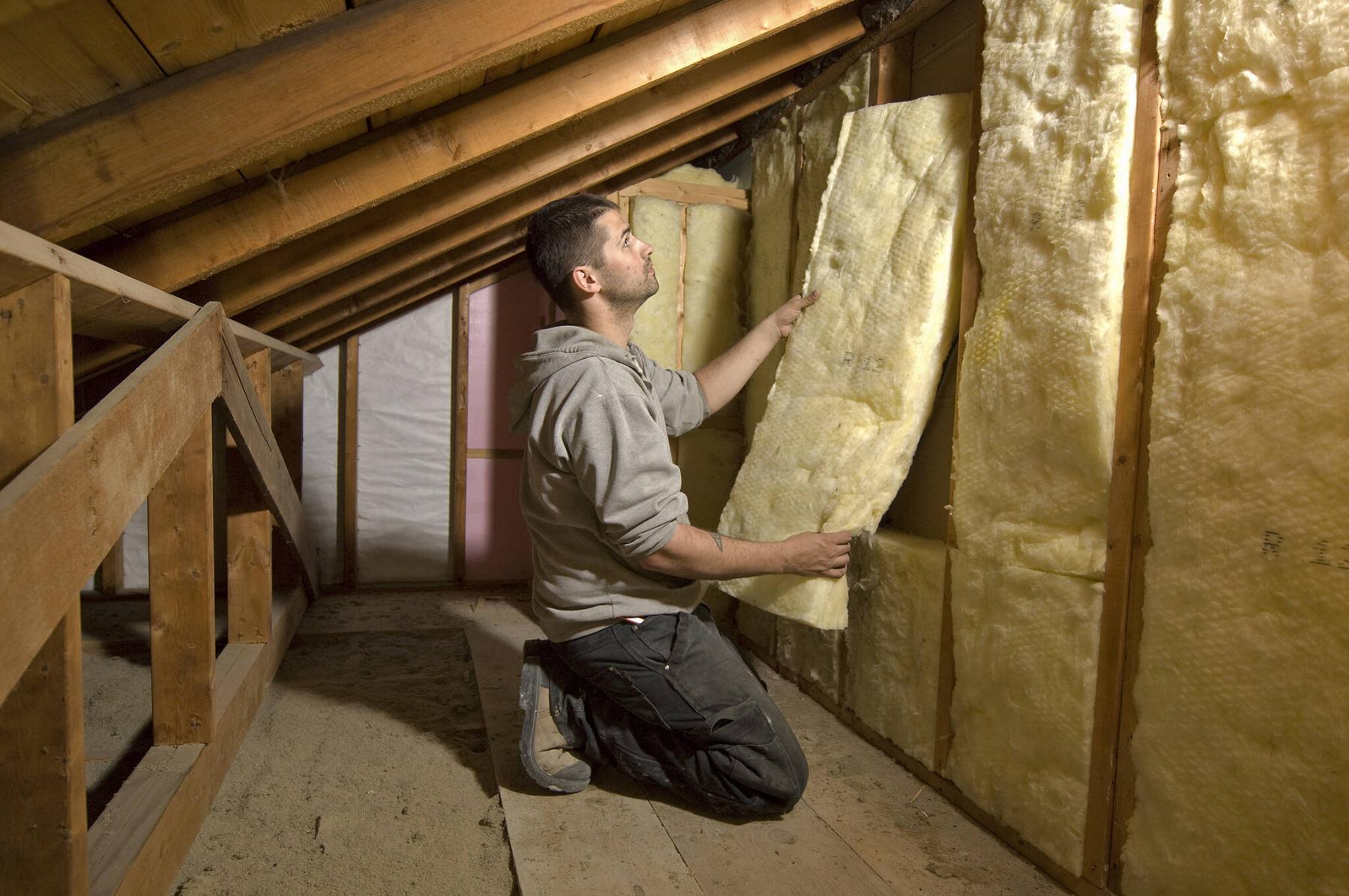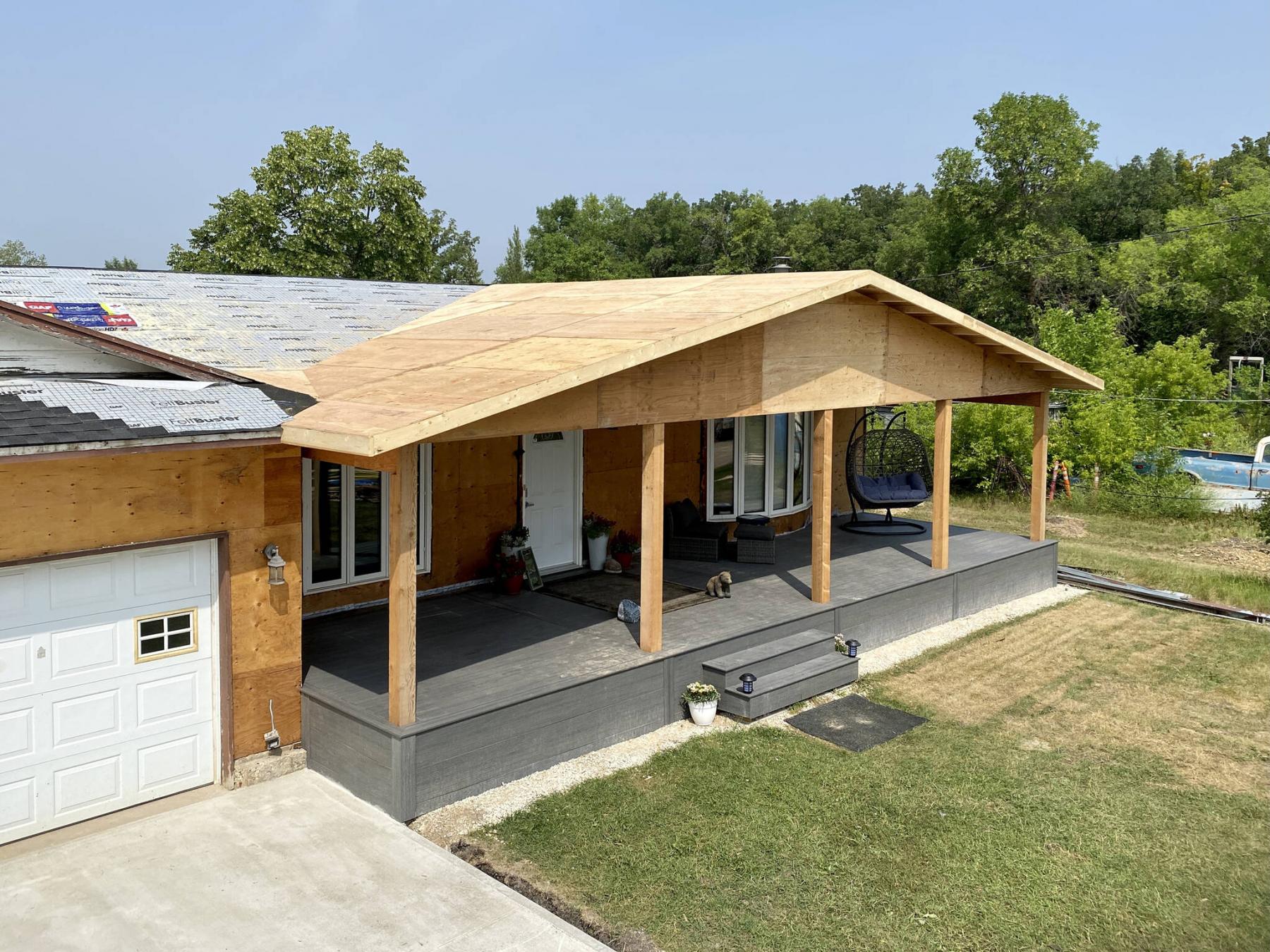Renovation & Design
Renovation & Design
Handy tips to help make 2022 a HAPPY NEW YEAR
To unclog a plugged drain, use one cup of salt mixed with one cup of baking soda — no liquid. Pour the dry solution into the drain, followed by a pot of boiling water.
Instead of regularly buying paper towels to clean up messes, invest in thin towels that you can wash and reuse. They’ll last a long time, saving you the cost and trouble of buying paper products.
When dusting furniture, lightly dampen your cloth. Whether you use an old T-shirt, a cheesecloth, or another soft cloth, it should be damp enough to pick up dust, but not wet enough that it pools water while in use.
Simple trick to putting pillowcases on pillows. Turn the pillowcase inside out. Lay the pillow on top of the case. Pull the pillowcase over the pillow.
Homemade window cleaner: Combine 12-16 ounces of water, half cup of white or apple cider vinegar, and one-quarter cup of rubbing alcohol. Spray and wipe with newspaper.
To remove fresh stains on fabrics, pour salt on the area, to prevent setting. Press with a damp white cloth to blot the stain.
Keep the refrigerator vegetable drawer fresh-smelling by lining the bottom with newspaper.
To dry wet shoes without harming the leather, hold the nozzle of your hairdryer inside each shoe for a few minutes. Stuff shoes with newspaper to absorb the moisture and help them dry in shape.
If you find that you have an excess number of pens, consider donating them to a school, library, or restaurant.
If you love cheese, you’ll want to make sure it’s free of mould, for as long as possible. Keep your cheese in an airtight container and add a few lumps of sugar to the container.
Use two secret ingredients to make great sugar cookies: orange zest and cinnamon.
Freshen furniture by sprinkling the cushions with a liberal amount of baking soda. Leave for 20 minutes, then vacuum.
A paste of baking soda and water is great for removing Crayon from walls.
Make your own fizzy bomb toilet cleaners. Mix half cup of each of the following: citric acid, baking soda and cornstarch. Separately combine one tsp. water and 30 drops of your favourite essential oil into a spray bottle. Slowly spray the liquid into the dry ingredients. Spoon mixture into silicone moulds and freeze for four hours. Remove from moulds and store in a sealable container. When ready to clean the toilet, drop one bomb into the bowl and scrub with a toilet brush. Nice and clean!
Note: Every user assumes all risks of injury or damage resulting from the implementation of any suggestions in this column. Test all products on/in an inconspicuous area first.
Have a great suggestion or tip? Please send an email. Reena Nerbas is a popular motivational presenter for large and small groups; check out her website, reena.ca
info@reena.ca.
Renovation & Design
Wrap your hands around a toasty mug of hot chocolate
Question: Can you recommend a homemade hot chocolate powder recipe that I can keep on hand to portion out as gifts? Pat
Answer: Holding onto a cup of hot chocolate on a cold winter day brings a certain warmth to frosty Manitoba. Into a mixing bowl, combine 10 cups milk powder, 4.5 cups icing sugar, 1.5 cups cocoa powder, and 1.5 cups powdered non-dairy creamer. Store in an airtight container. Makes mix for about 12-13 cups, or enough for about 40 servings. Add 1/3 cup mixture into a mug along with 3/4 cup boiling water or milk.
Question: Other than purchasing boxes or containers of breadcrumbs, what can I use to bread meat? Ben
Answer: Firstly, you never need to purchase breadcrumbs. Instead, save bread ends or stale bread in an open ice cream bucket. When they dry out, toss them into a food processor to make your own breadcrumbs. Other alternatives include: Cornflakes, crackers, potato chips, Rice Krispies cereal, rice crackers, or crushed pork rinds.
Question: How can I remove tree sap from a cotton blouse? Verna
Answer: Wipe the area with a small amount of mayonnaise. The tree sap will come right off. Follow-up with a solution of dish soap and water. Blot the area and wash the shirt according to the care label.
Question: I have brown, circular marks on my vinyl floor from a wrought-iron plant stand. I have tried everything I can think of to remove the marks. Can you help? Morgan
Answer: Test this remedy on an inconspicuous area first. In a measuring cup, combine one millilitre dish soap and 125 mL water. Pour onto the affected area. Next, combine 60 mL of three-per-cent hydrogen peroxide and 15 mL household ammonia. Blot and cover the area with plastic wrap and pile a heavy pan on top of the plastic. Leave for eight hours. Remove pan and plastic. Scrub area with a damp scrubby pad, and rinse.
Question: I bought a large container of cream cheese and put one-third in a smaller container. Should I freeze the rest, or is it better kept in the fridge? It would take me over a month to use the small container.
Answer: I am often amazed at how long cream cheese lasts. Check the expiry date before taking any further steps. If the expiration date allows you to keep the cheese in the fridge, it should be fine.
Foil-wrapped cream cheese should last three to four weeks in the fridge. You can freeze cream cheese, but only do so if you have no plans to use the cheese for baked goods such as cheesecake because the consistency changes after freezing. If you use cream cheese for spreading on toast, then freezing it is no problem.
Merry Christmas and beyond
When my kids were young and had itchy, scratchy sore throats I gave them a marshmallow to chew on. It coated their throat and helped the pain. Of course, I would not give marshmallows to kids under four years old, because of choking hazards. — Layna
I came to the end of my Nutella jar and had a brainstorm that turned into a tasty win! Place a few scoops of vanilla ice cream into the jar and…eat with a spoon. — Michael
Preserve the life of your tree. Add a few teaspoons of sugar to the water to reduce the number of needles that drop from your real Christmas tree. — Michael
Note: Every user assumes all risks of injury or damage resulting from the implementation of any suggestions in this column. Test all products on an inconspicuous area first.
Have a great suggestion or tip? Please send an email. Reena Nerbas is a popular motivational presenter for large and small groups; check out her website: reena.ca.
info@reena.ca.
Renovation & Design
Melt marshmallows in microwave or double-boiler
Question: I am making a snow display for my son’s Grade 2 class. How can I melt marshmallows without burning them? Mary-Jo
Answer: Sounds like fun! Before heating marshmallows on the stove, grease the bottom of the pot. You may also want to add water to the pot if it won’t compromise your recipe. Marshmallows are less likely to burn if you use a double boiler or use your microwave oven. You will need a large microwave-safe bowl because the marshmallows expand when heated. Microwave the marshmallows for 30 seconds and stir. Repeat until melted.
Question: What should I use to clean the floor of my acrylic shower stall? Seth
Answer: Into a spray bottle combine two cups white vinegar and one tbsp. Dawn dish soap. Use the steam from a hot shower to your advantage by cleaning the shower floor shortly after use. Choose a non-scratching abrasive pad (this is key in making the job easier). Spray the floor with a liberal amount of the solution. Scrub with the pad, and then rinse with water. For badly stained shower floors, consider using Iron Out, occasionally. Switch to vinegar and dish soap for regular cleaning.
Question: Do you have a suggestion for a good way to organize sets of bed sheets? Donald
Answer: If you want to keep all your bed sheet sets together; just fold the sheets and extra pillowcase and put them in one of the pillowcases. That way you will always have your sets in order.
Extra Tip: To reduce the amount of space that pillows and blankets take up, put them inside a garbage bag. Put the nozzle of your vacuum inside the bag. Wrap the opening of the bag around the nozzle to trap air inside, hold onto the bag around the nozzle. Turn on the vacuum. The vacuum will suck out all the air and compress pillows and blankets greatly. Close the opening of the bag with an elastic bag so that no air escapes. Whenever you need to use the pillows or blankets, open the bag and they will immediately fluff up once again.
Question: What suggestions do you have for cleaning spots on a really nice suede couch? Oli
Answer: To remove the marks on the suede, brush with a soft eraser. For larger areas, make a paste of baking soda and water. Apply to each area and wipe back and forth, using a stiff brush. When cleaning the entire chair use either commercial cleaner, or a brush that has been dipped in vinegar. Do not over wet. If your furniture is very expensive, you may want to have it professionally cleaned, just to be safe.
Baking for the holidays
For the best tasting shortbread, avoid substituting butter with margarine. The taste and texture will not be as good. — Margret
When baking sugar cookies, roll out the dough, between parchment paper. Chill the dough for one hour. Remove the dough from the fridge and cut with cookie cutters. The dough is much easier to roll when it is warm, and it won’t crack. — Jalissa
Sprinkle your counter with icing sugar instead of flour, before rolling out cookie dough. The taste is better, and you won’t end up with extra flour in your batter, and your cookies won’t be dry. — Peter
Living alone, I find that one batch of cookie dough makes too many cookies. Instead of baking all the cookies, I scoop out the cookie dough and freeze them on a pan. Once frozen, I remove them from the pan and seal them in a plastic container. I bake a few at a time: when I am in the mood for freshly baked cookies. — Peter
Note: Every user assumes all risks of injury or damage resulting from the implementation of any suggestions in this column. Test all products on an inconspicuous area first.
Have a great suggestion or tip? Please send an email. Reena Nerbas is a popular motivational presenter for large and small groups; check out her website: reena.ca.
info@reena.ca.








